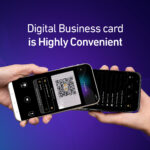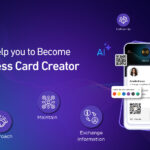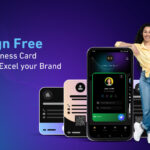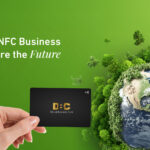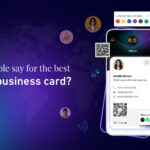Struggling to Get More Leads? Here’s What You’re Missing!
Let’s be honest: traditional paper business cards are dead. Gone are the days of handing someone a tiny piece of cardstock and hoping they don’t toss it into the abyss of forgotten contacts. If you still rely on old-school business cards, you’re leaving money on the table.
What if your business card didn’t just share your details; what if it actively helped you generate leads and close deals? That’s where Sailax DBCs come in. A sleek, interactive, and highly customizable digital business card that can turn a casual conversation into a high-converting lead.
But simply switching to Sailax DBC isn’t enough. The real game-changer? How you use it. You must use it smartly to drive more sales and make lasting impressions. So, here are six hacks that will instantly boost your sales and take your networking game to the next level.
Make Your Digital Business Card More Than Just Contact Details
Most people treat their digital business card as a glorified phone number holder. Boring! If your card just lists your name, email, and number, you’re missing a massive opportunity.
Think of your digital business card as a mini landing page. Add:
✔ A compelling CTA (Call to Action) – like “Book a Free Consultation”
✔ A short intro video that tells people why they should work with you
✔ A link to your best client testimonials
Instead of just handing over your contact details, you’re selling your expertise on the spot. People will remember you because they experienced your value immediately.
Use QR Codes Everywhere (And We Mean Everywhere!)
Want to ensure your Sailax digital business card is seen? Make it effortless with QR codes! Sharing your digital card via email or text is fine, but you must be proactive in getting it in front of people. If you’re not using QR codes, you’re making people work too hard to connect with you.
Generate a QR code for your digital business card and slap it on:
✔ Your LinkedIn banner
✔ Your email signature
✔ Your presentation slides
✔ Product packaging (if applicable)
✔ Your office signage
Your digital card becomes an easy-access portal to your business. The fewer steps people take, the higher the chance they’ll reach out.
Leverage Smart Integrations for Instant Follow-Ups
Networking is great, but let’s be honest—most people never follow up! Even if they’re interested in your services, they might forget to reach out.
Set up your Sailax digital business card to:
✔ Automatically add new contacts to your CRM
✔ Trigger an automated follow-up email or message
✔ Sync with WhatsApp or LinkedIn for instant connection
You don’t lose warm leads. Instead, you create a seamless follow-up process that keeps prospects engaged.
Make It Shareable (So Your Contacts Do the Selling for You!)
Your current networking strategy is limited to your interactions. But what if your contacts could help you expand your reach?
Encourage sharing by:
✔ Adding a “Share My Card” button
✔ Giving existing clients an incentive to refer you
✔ Embedding social media share links
Your contacts become your sales reps, and suddenly, your Sailax DBC reaches people you’ve never met!
Use Personalized Messages for Different Audiences
One-size-fits-all messaging doesn’t work anymore. If your Sailax DBC isn’t tailored to different types of prospects, you’re missing out.
Create multiple versions of your digital card for different audiences:
✔ One for potential clients
✔ One for business partners
✔ One for investors
Use personalized messaging to speak directly to their needs and concerns.
Your prospects feel like you get them, which increases your chances of converting them into paying customers.
Track Analytics to See What’s Working
If you’re not tracking how your digital card is performing, you’re guessing rather than optimizing.
Use built-in analytics to monitor:
✔ How many times your card is viewed
✔ Which links are clicked the most
✔ Where is your traffic coming from
You get real data on what’s working and what’s not, allowing you to refine your approach and maximize conversions.
The Bottom Line: Smart Digital Business Cards = More Sales
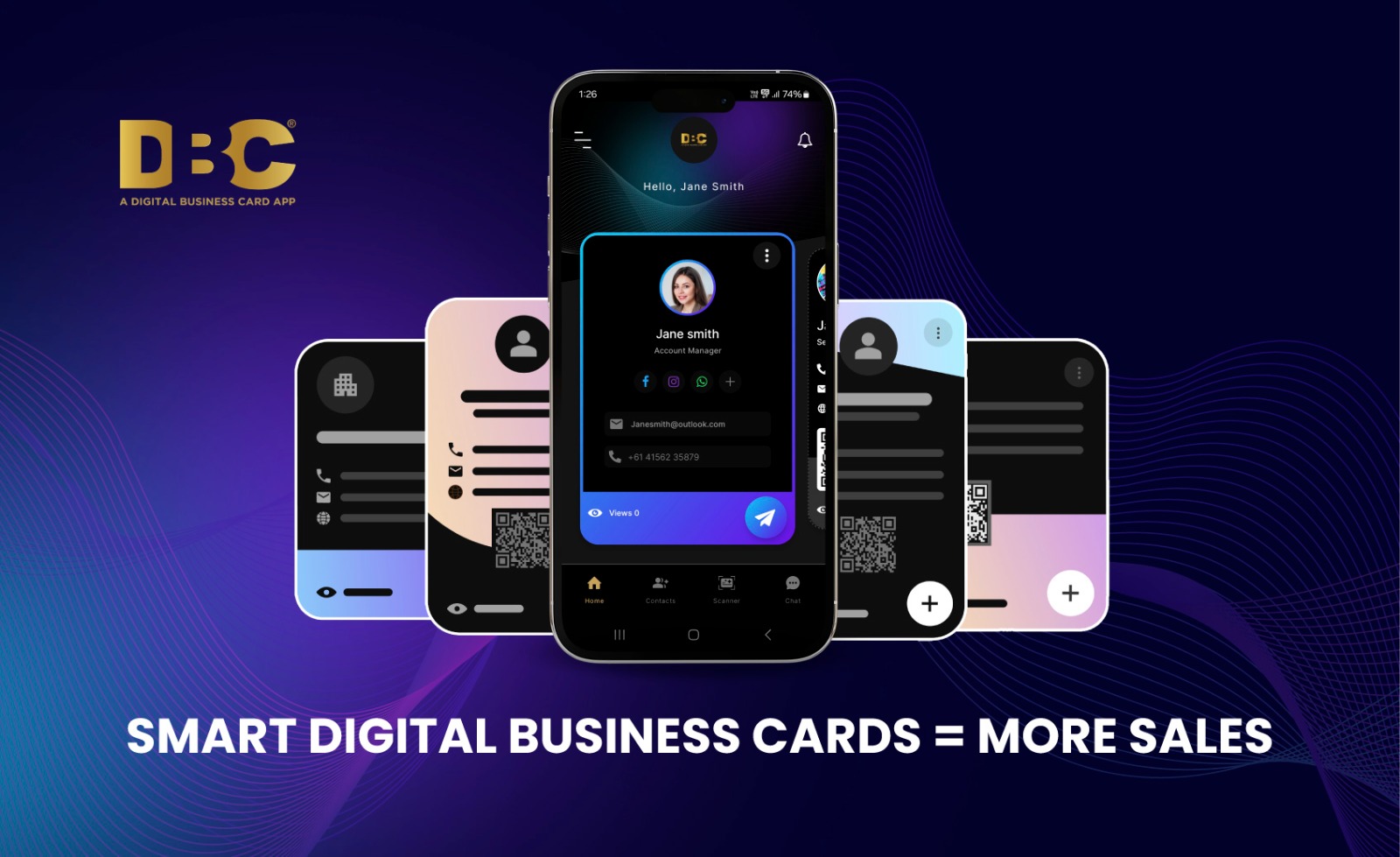
You can keep handing out old-school business cards and hope someone follows up, or you can leverage these digital business card hacks and guarantee more leads, better networking, and higher sales.
With a few tweaks, your digital business card can go from an okay networking tool to a lead-generating powerhouse. So, what are you waiting for? Implement these hacks today and watch your sales skyrocket!
Ready to transform your networking game? Get started with Sailax DBC today!
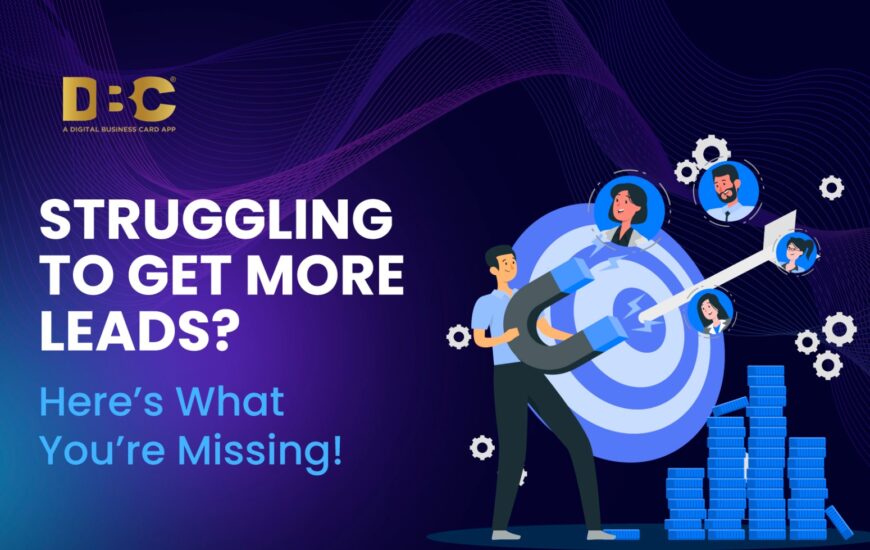
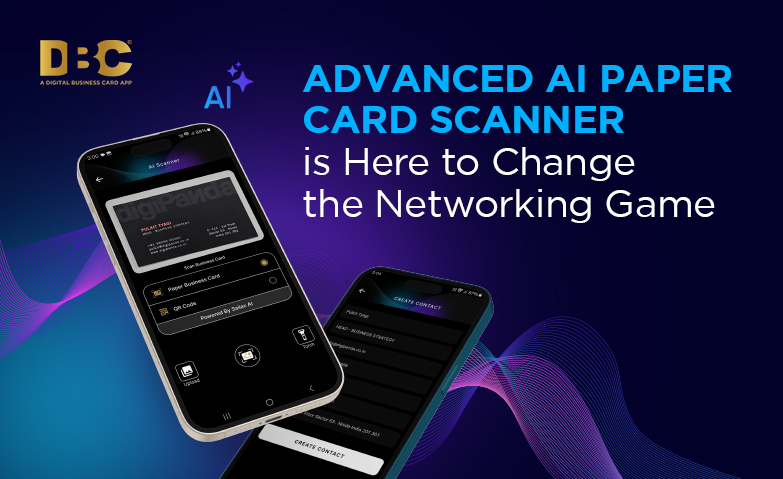

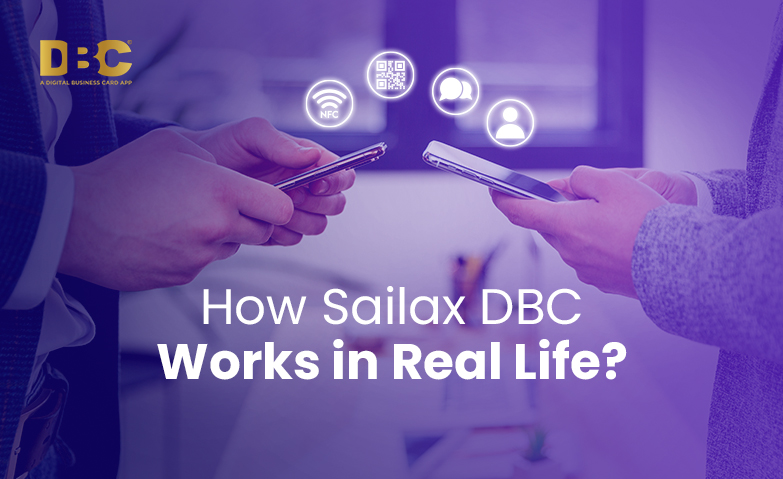
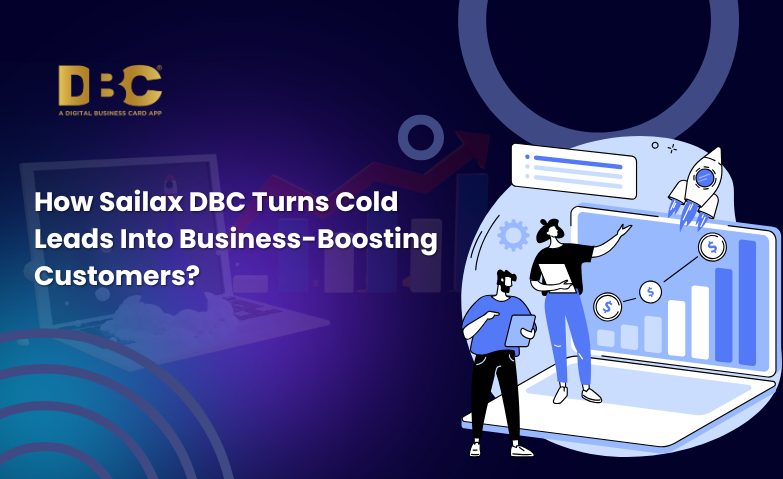

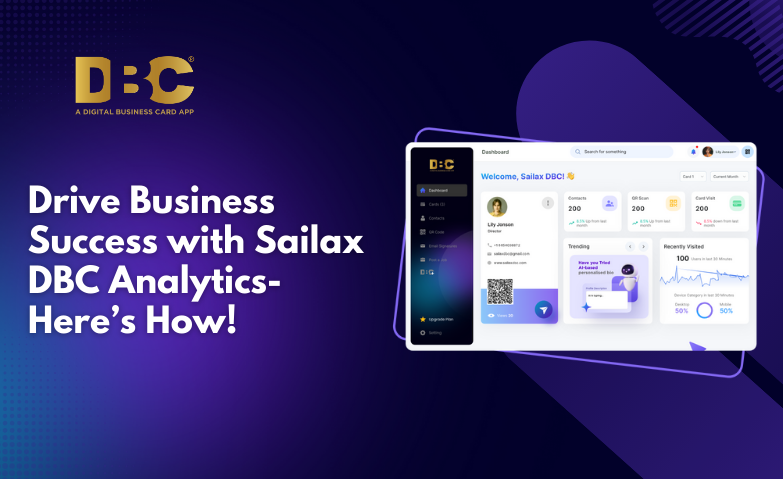

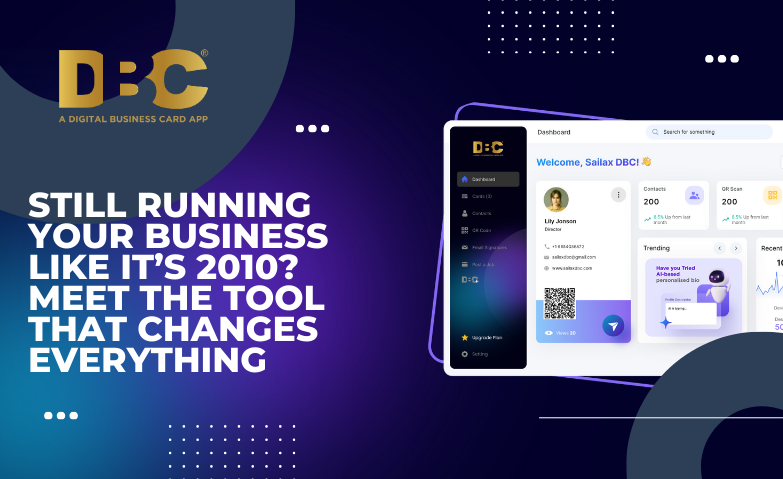


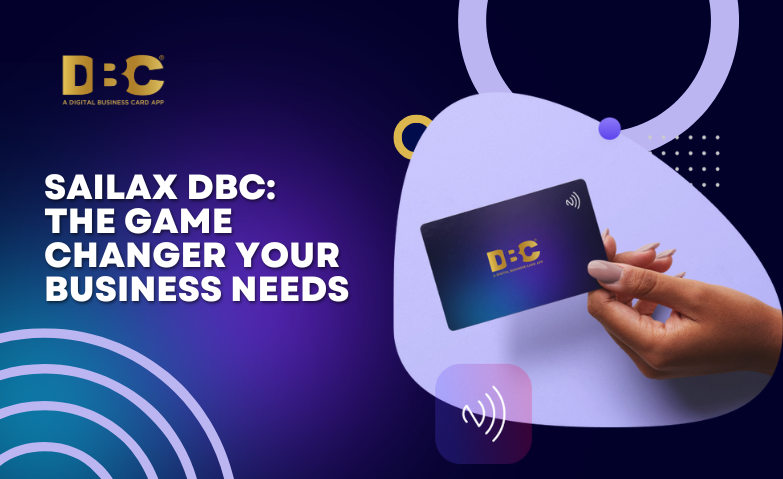 Let’s face it: traditional business cards are a thing of the past. They’re expensive, inefficient, and often end up lost or outdated. Sailax DBC is here to revolutionise how you connect, network, and build relationships without high costs.
Let’s face it: traditional business cards are a thing of the past. They’re expensive, inefficient, and often end up lost or outdated. Sailax DBC is here to revolutionise how you connect, network, and build relationships without high costs.

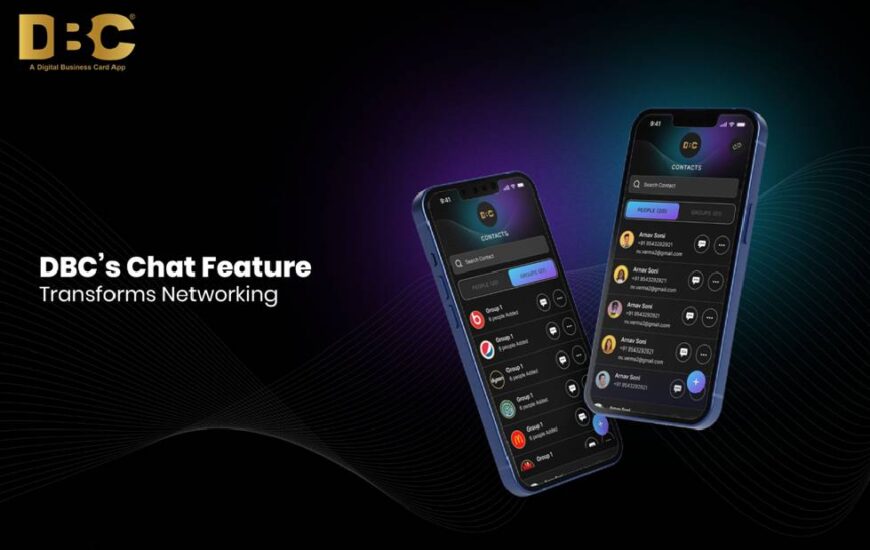

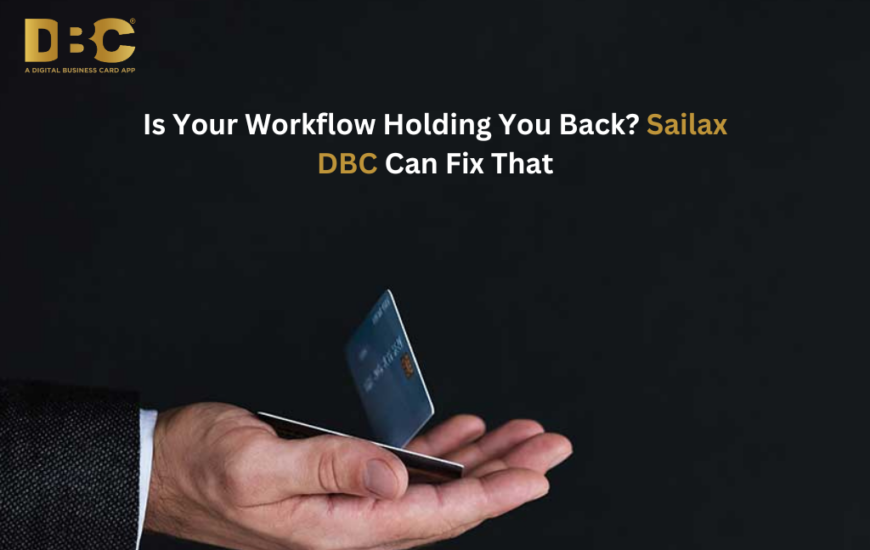
 our workflow shouldn’t feel like a hurdle. It should be the engine driving your business forward. With Sailax DBC, you can say goodbye to clunky processes, disorganised contacts, and missed opportunities.
our workflow shouldn’t feel like a hurdle. It should be the engine driving your business forward. With Sailax DBC, you can say goodbye to clunky processes, disorganised contacts, and missed opportunities.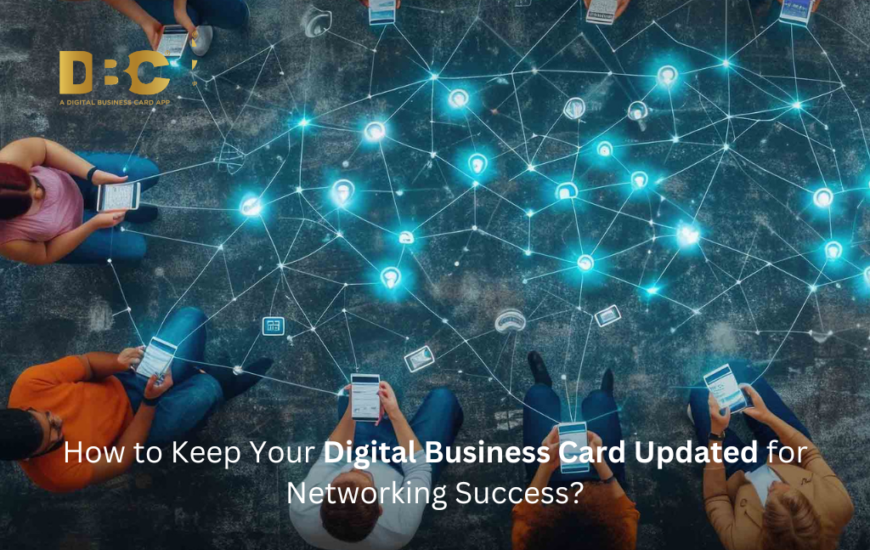
 Keeping your digital business card up-to-date is essential for effective networking and professionalism. With simple steps like utilizing cloud storage for easy access and setting reminders for periodic reviews, you can ensure that all information remains current and accurate.
Keeping your digital business card up-to-date is essential for effective networking and professionalism. With simple steps like utilizing cloud storage for easy access and setting reminders for periodic reviews, you can ensure that all information remains current and accurate.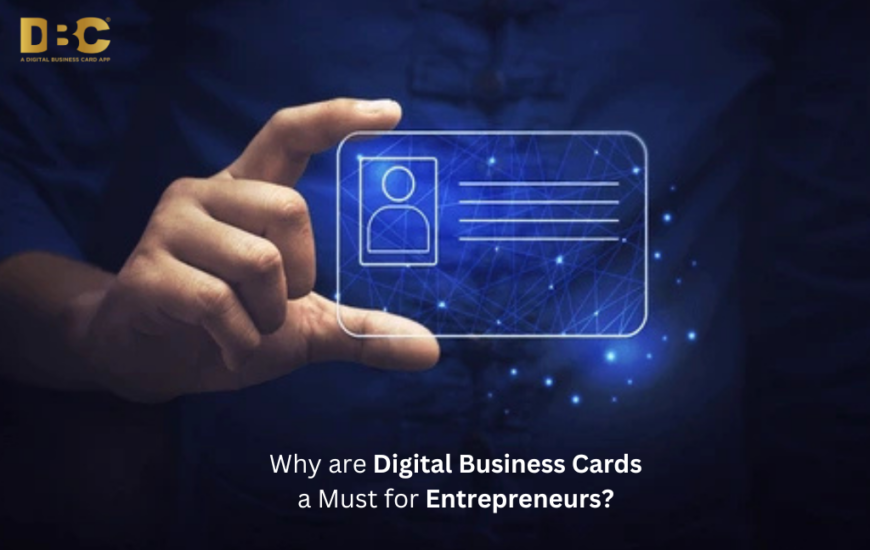
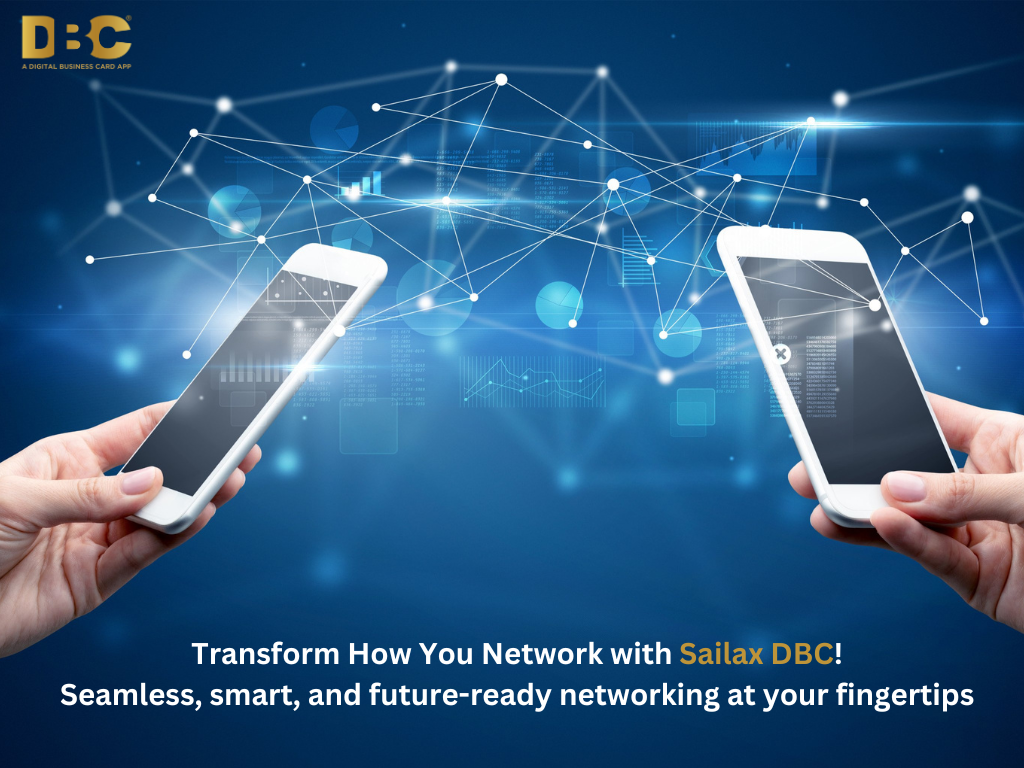 Digital business cards are not just a fleeting trend but a must-have tool for modern entrepreneurs. Their unparalleled convenience, efficiency and customisation make networking seamless and impactful. From showcasing your professionalism to scaling your brand, DBC is the perfect tool to boost your business interactions.
Digital business cards are not just a fleeting trend but a must-have tool for modern entrepreneurs. Their unparalleled convenience, efficiency and customisation make networking seamless and impactful. From showcasing your professionalism to scaling your brand, DBC is the perfect tool to boost your business interactions.
